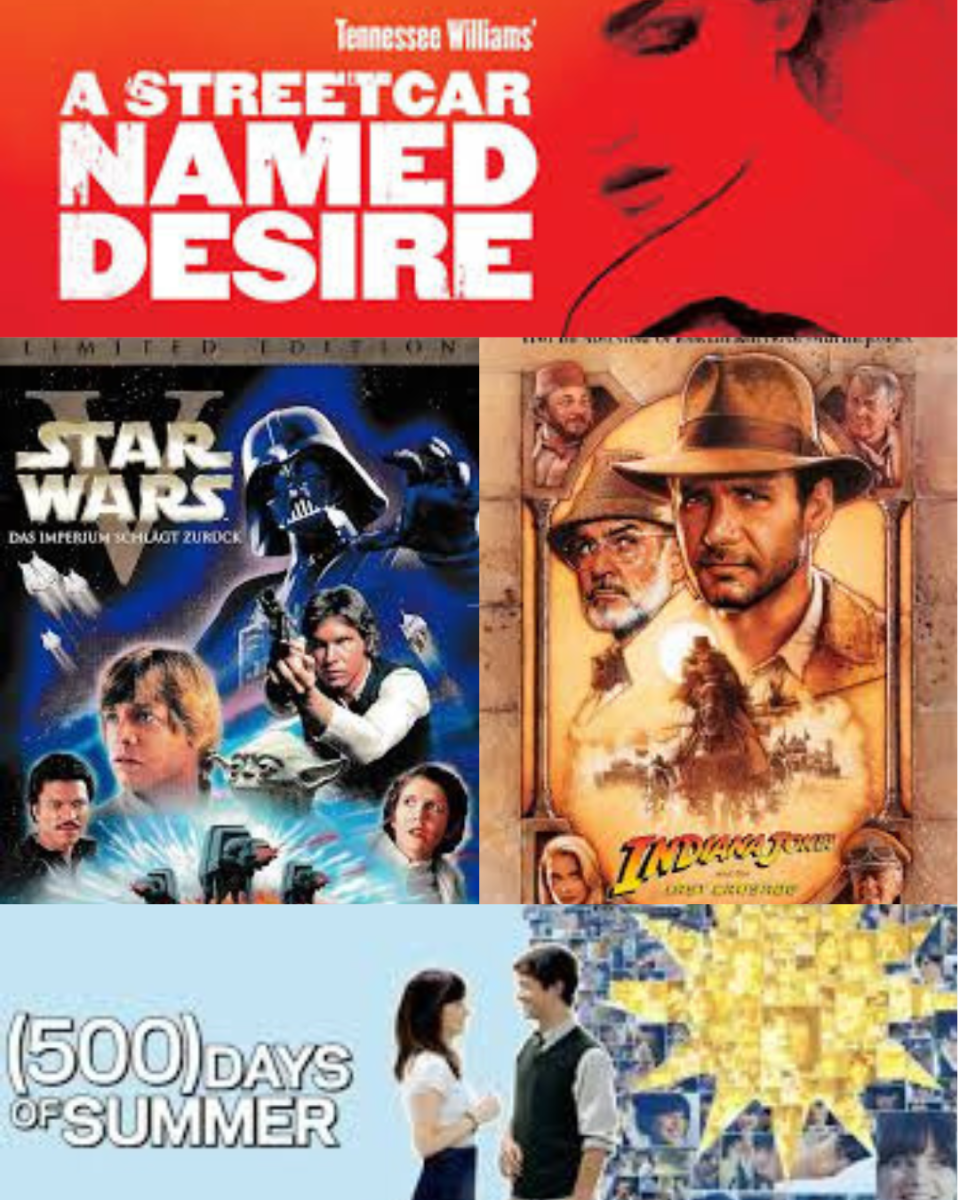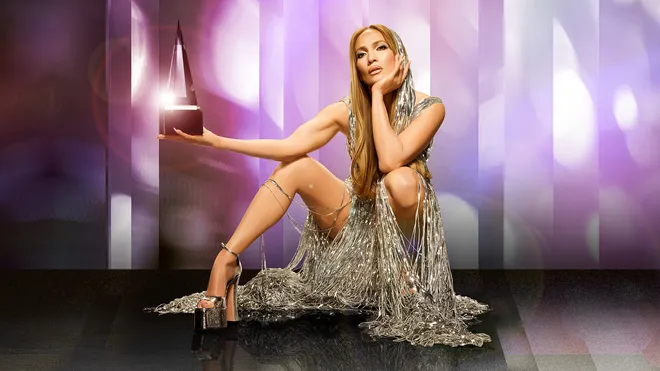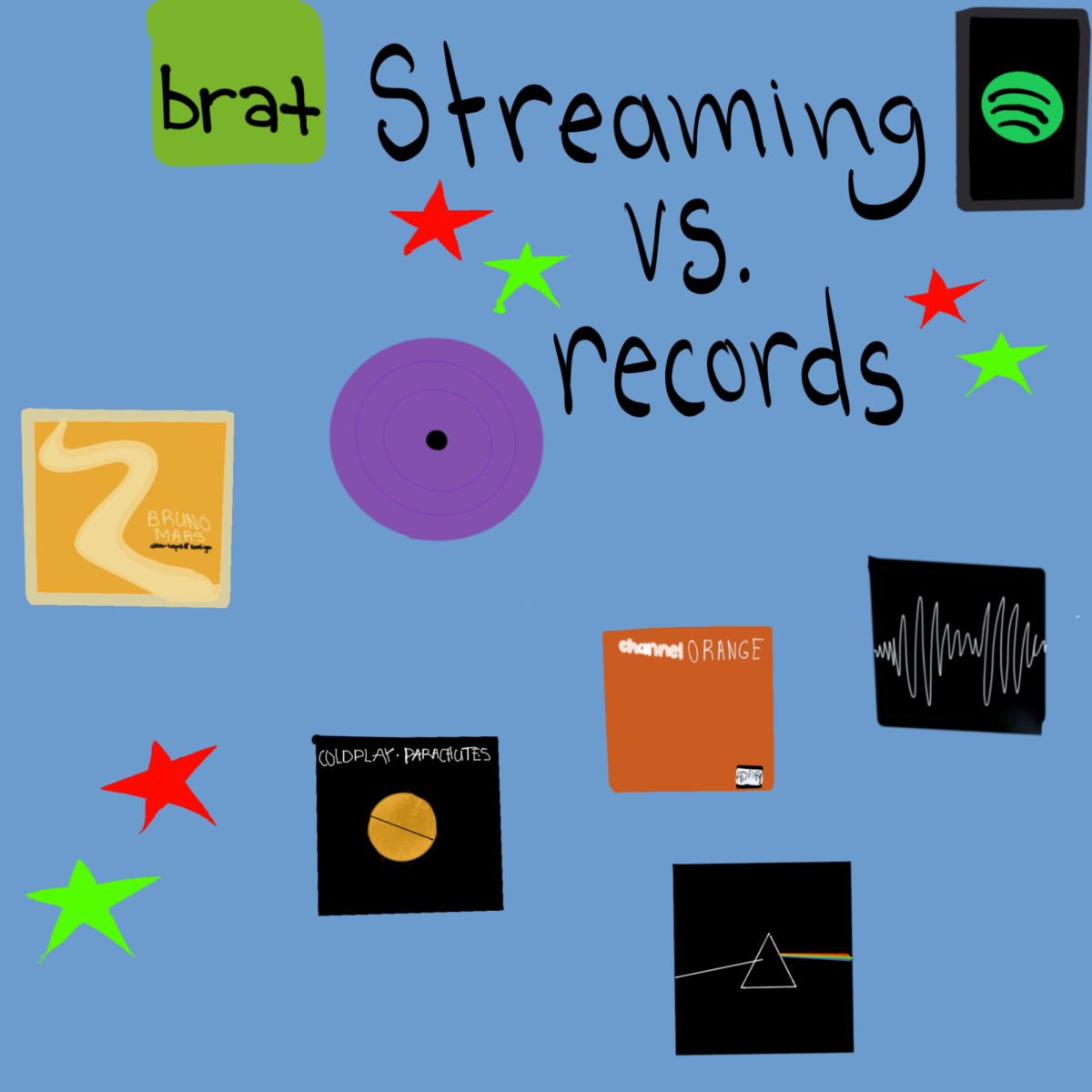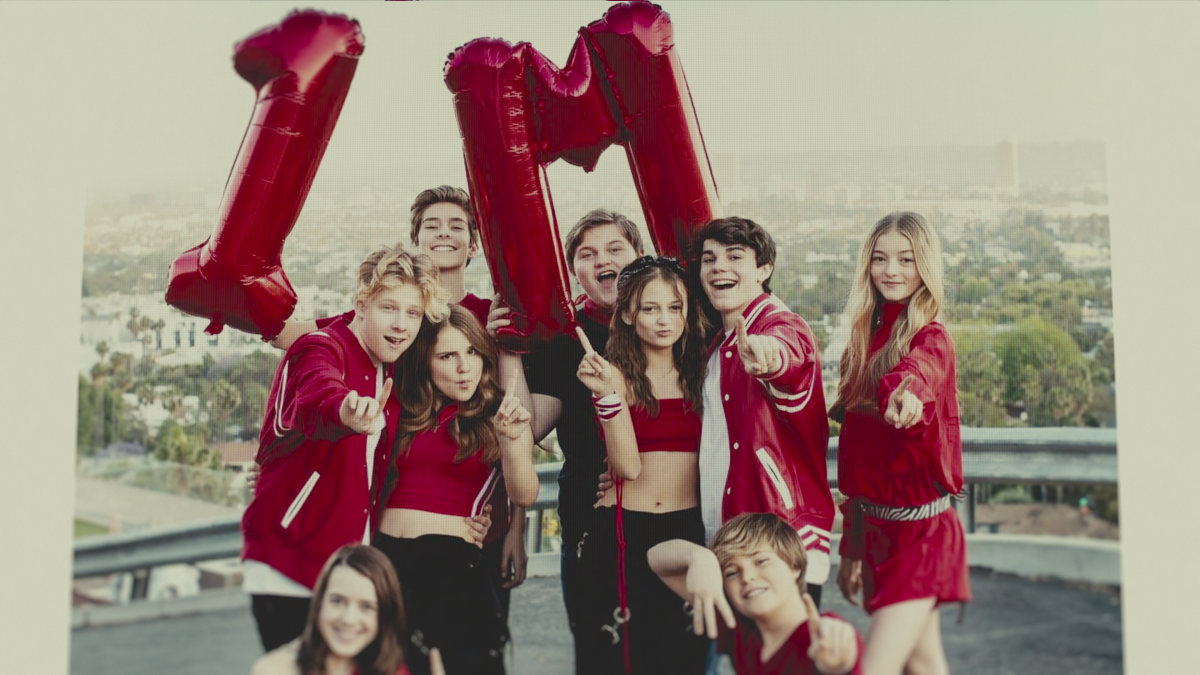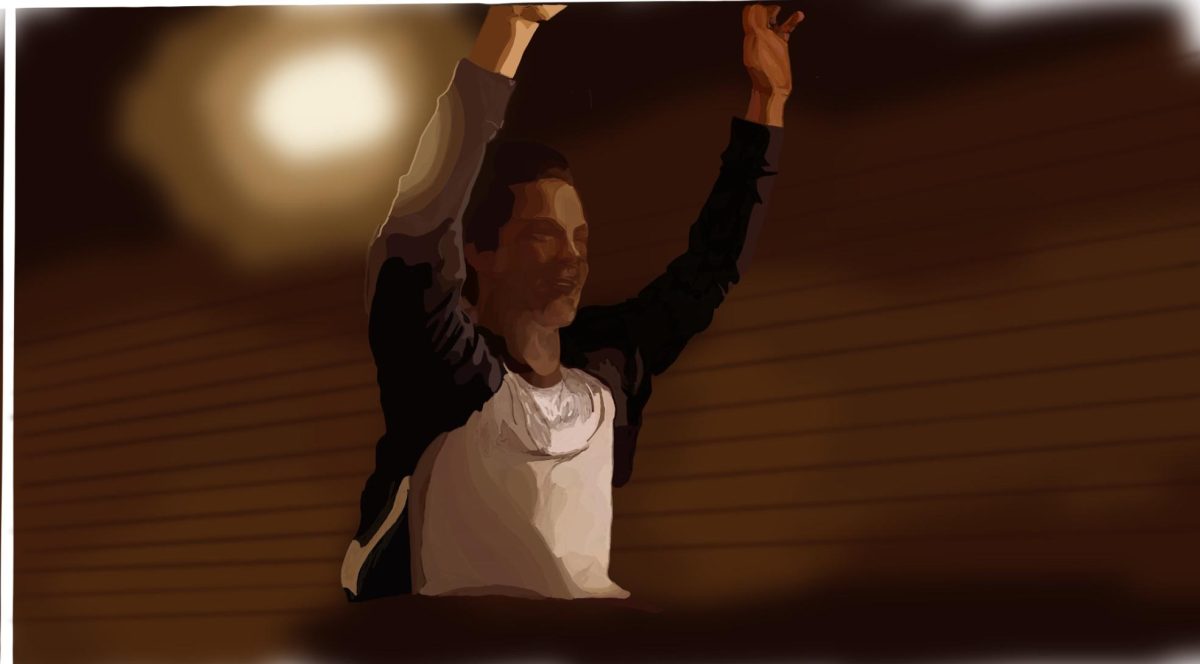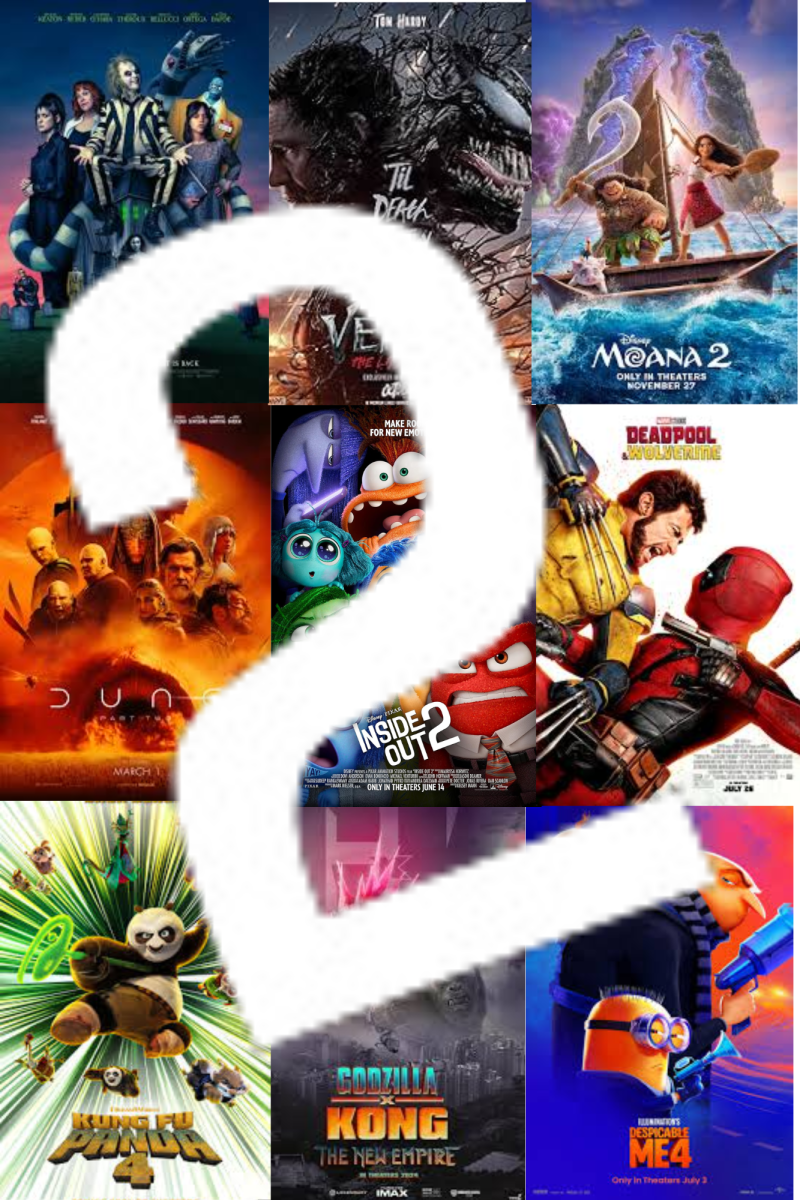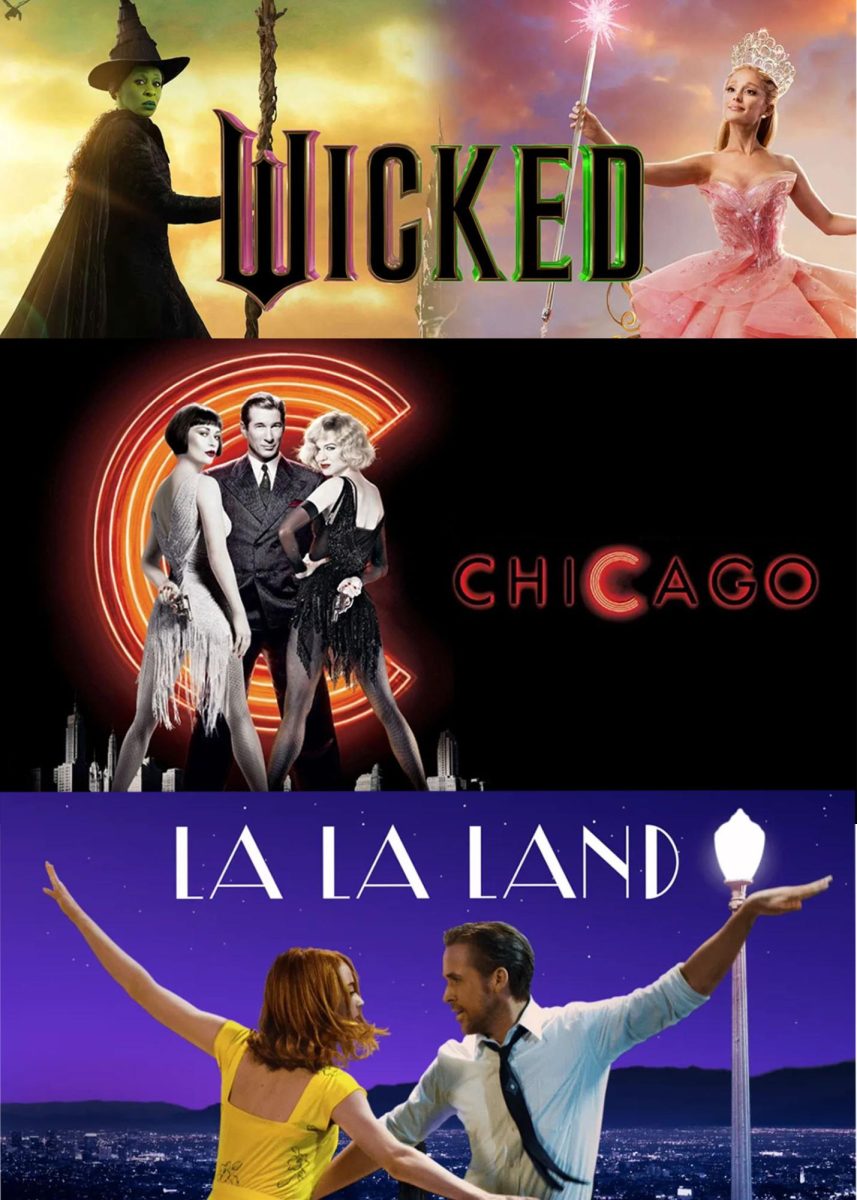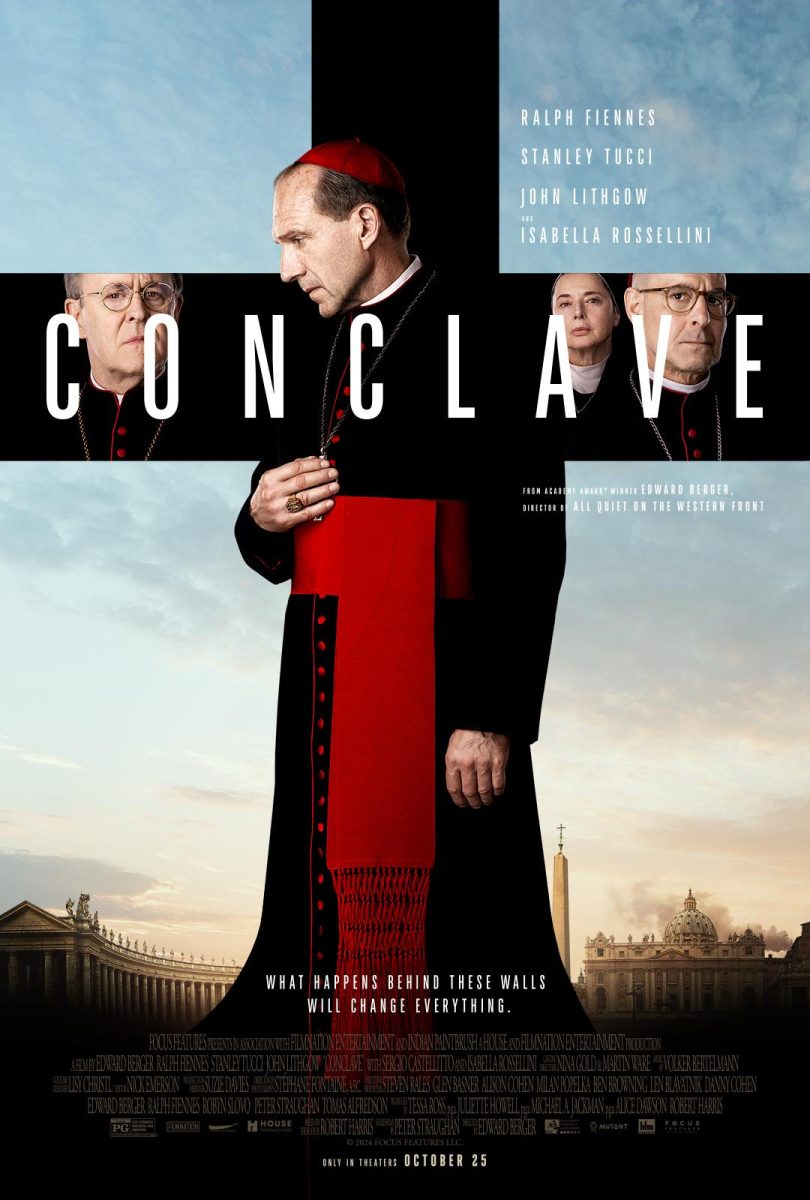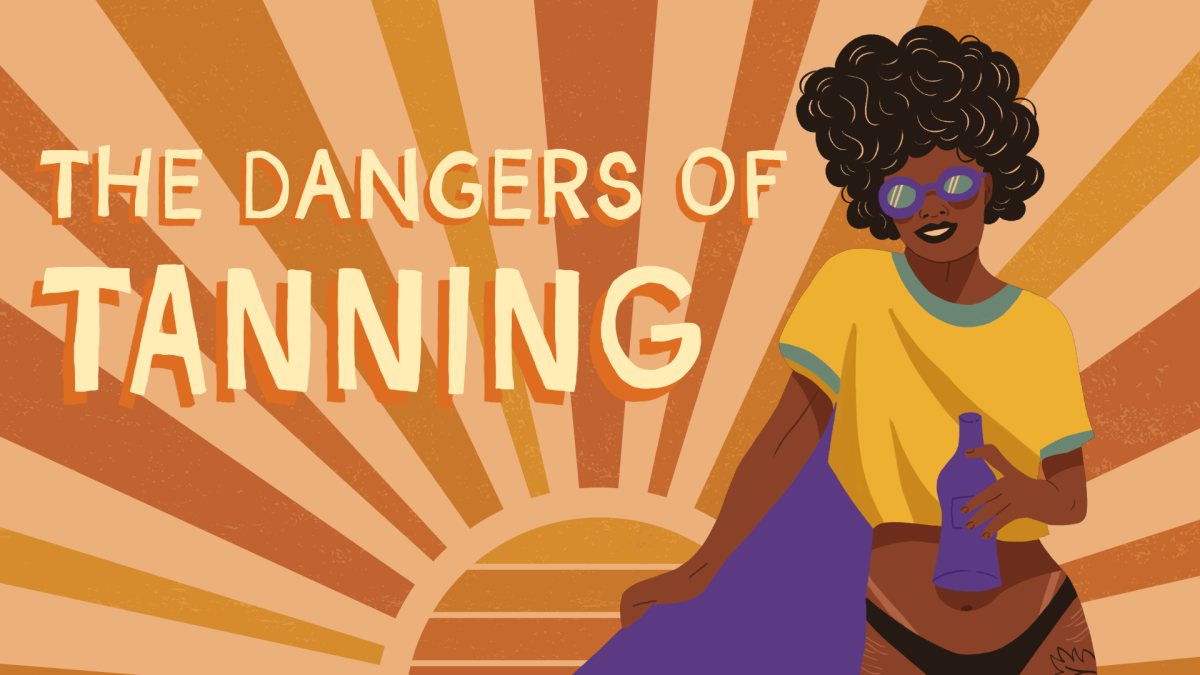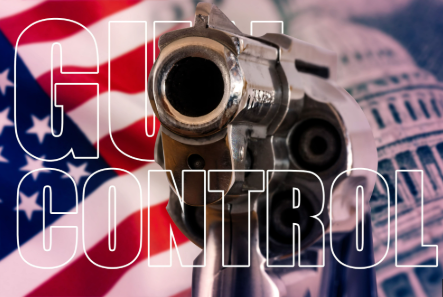For decades, Hollywood has shaped cultural perceptions of gender roles through classic tropes in movies and television which influence how men and women are perceived in society today. While some of these tropes have evolved to match modern influence, many still remain, reinforcing traditional gender roles in everyday life that can cause detrimental effects for viewers.
One of the classic and oldest tropes in cinema is the “damsel in distress”- a woman who exists in order to be rescued by the male hero, extenuating the strength of men and reinforcing the idea that women are helpless. This trope is extremely prominent in many Disney princess movies. For example, in “Snow White and the Seven Dwarfs,” after Snow White is poisoned and put into a deep sleep, the only way to reverse the spell is by true love’s kiss, highlighting the little agency she has in her own story until a man can fix that. “Cinderella” is trapped under her evil stepmother’s rule and is freed when Prince Charming finds her missing glass slipper, making her his wife. This reveals how she does not fight back against her oppression; rather, is dependent on external forces. In “Sleeping Beauty” Aurora spends most of the film unconscious from the evil curse, highlighting Prince Philip as the hero for the majority of the film to fight off Maleficent and wake her up with a kiss. As young girls are the main consumers of Disney princess stories, this damsel in distress trope promotes female passivity. When a young girl sees their favorite characters having to wait for a prince to rescue them, they may internalize the idea that their role as a female is to be passive rather than to take control of their own destinies.
The damsel in distress is not the only example of female tropes that are detrimental for how society views women. In many movies, women are overly sexualized or just there to be a prize for a male character. This comes up a lot in movies like “Indiana Jones” or “Star Wars” where female images are exploited in order to highlight the leading male characters. Ultimately, this reinforces the idea in film making that female roles do not deserve fully developed character lines.
Female roles can be very black and white. It typically feels they are either sexualized and used as rewards for men or on the totally opposite spectrum and portrayed overly emotional and irrational to confirm the idea that women are too sensitive. For example, in “A Streetcar Named Desire,” Blanche DuBois is introduced as a fragile and emotional woman who is unable to grasp the harshness of life, relying on fantasy and charm to maintain a sense of dignity. This instability leads to her downfall, ultimately proving to the audience that women act very sensitive and crazy, and if you too are like this, you will also face your demise. In reality, this is an over saturated and dramatic depiction of what men believe women to be.
Another trope regarding gender is the toxic masculinity trope which is incredibly detrimental. This trope normalizes the idea that toxic actions performed by men are acceptable and should be expected. In “500 Days of Summer,” Tom falls into this toxic masculinity trope as he never lets his relationship with Summer evolve. He tries to hold on to the early stages of his relationship with Summer and ignores her feelings, indicating Tom idealized and objectified her. To female viewers watching this trope, it shows them that toxic behavior from men is normal and that they should adhere to it. To men watching, it shows them this behavior is acceptable, ultimately increasing the likelihood that more men will fall into this real life toxic masculinity trope.
Finally, a detrimental trope in film is the depiction of those in the LGBTQ+ community. Many movies have created this trope depicting gay people with the exact same flamboyant personality. A prime example is of Carrie’s gay friend, Stanford, in “Sex and the City.” This character is created solely on the stereotypical depictions of a gay best friend that have caused society to view people part of the LGBTQ+ community to fit exactly into this personality type. In reality, these characters are made to enhance the main characters and do not accurately represent how every person in the community acts or is supposed to act. It is time to start creating movies with characters part of the LGBTQ+ community who do not share distinct personality traits but are just like every other character with their own story line.
Overall, classic tropes in movies are detrimental for the gender roles in society today. As society has moved forward in film, stronger roles are given to female and equal representation has been restored. However, in older media, these ideas that are exemplified are detrimental to viewers as it normalizes behavior and stereotypical gender roles.



